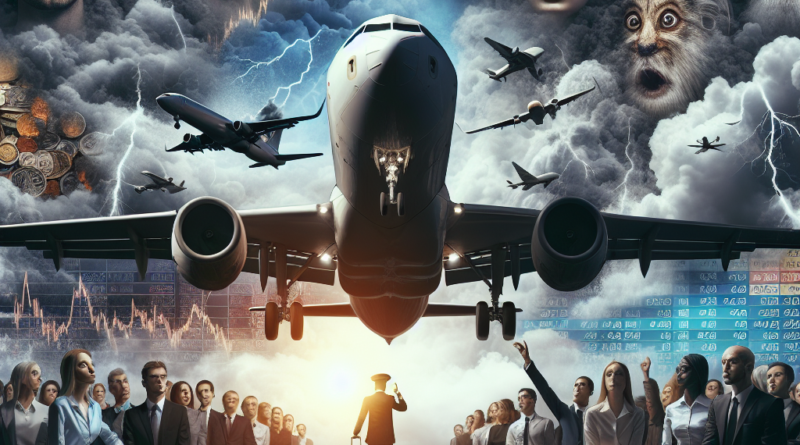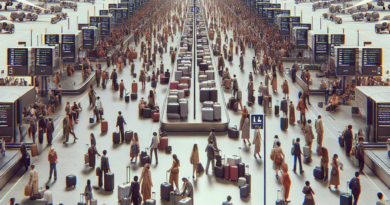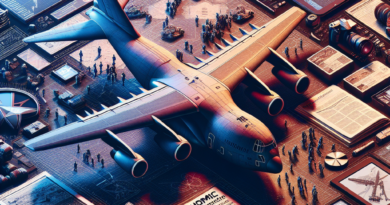Flying Today: Why It’s More Dangerous Than Ever
The Impact of Climate Change on Air Travel Safety
Air travel is considered the safest mode of transportation in the world, as supported by statistics and technological advancements that have made flying increasingly comfortable over the years.
However, this safety could be compromised by climate change.
A recent incident involving a Singapore Airlines plane flying from London to Singapore serves as a stark reminder of the potential dangers posed by climate-related phenomena.
The aircraft was forced to make an emergency landing at Bangkok airport, Thailand, due to severe turbulence encountered mid-flight.
The outcome was tragic, with one fatality and 54 people injured, 7 of whom are in critical condition.
The deceased passenger was a 73-year-old British citizen who likely suffered a heart attack.
Understanding Clean Air Turbulence
Reports indicate that the plane encountered Clear Air Turbulence (CAT) over the Andaman Sea, an abrupt and violent phenomenon that occurs in cloudless areas, making it invisible to onboard radars.
The sudden disturbance caused the aircraft to lurch from side to side, forcing a rapid descent for an emergency landing.
Passengers not wearing seatbelts bore the brunt of the impact.
Climate Change and Increased Turbulence
Incidents like these may become more prevalent due to climate change.
Statistical data shows a steady rise in in-flight turbulence incidents in recent years.
According to a 2021 study by the National Transportation Safety Board, turbulence is the leading cause of aircraft incidents resulting in injuries.
The majority of aviation accidents over the past decades have been turbulence-related, causing severe injuries during intense weather events.
The situation is likely to worsen as a result of climate change, with clear-sky turbulence becoming more frequent and harder to detect and avoid by onboard radars.
Changes in wind patterns due to climate shifts are also contributing to stronger and potentially hazardous winds, leading to faster flights but also increased turbulence and severe weather events.
Enhanced safety measures, such as mandatory seatbelt use throughout flights and advanced technologies for early detection of rapidly evolving atmospheric conditions, will be crucial in mitigating these risks.




